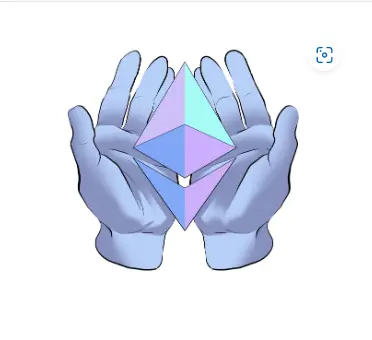What Is a Modular Blockchain Crypto? Best way to Explain
modular blockchain One of the key things to note is that they split the three aforementioned tasks rather than performing all of them at once on L1. The main reason is to make the system more efficient by making the blockspace bigger, narrowing down the validator set to focus on shards, and thus exponentially enhance the throughput of the blockchain. In a nutshell, it can be said that all the limitations of a monolithic blockchain are effectively transformed into modular factors, thereby increasing its efficiency by high orders of magnitude. How does that happen?let break it down for better understanding of all investor.
How Will Ethereum Work in a Modular Blockchain Context?

Ethereum is one of the perfect examples of a modular blockchain currently in cryptocurrency world. While it currently follows the PoW consensus mechanism, when it does transition to PoS in late 2022, it aims to become one of the most scalable, decentralized and highly secure blockchain in the market.
A more predictable future for Ethereum PoS will be that as more and more validators will join the network, a larger set will be able to be spread across different shards. And as more shards are introduced, more data can be stored and as more shards are introduced, what can we except on Blockchain? increasing blockspace rollups can consume more data, the effect of throughput on Ethereum will be compounded by the availability of both shards and the introduction of rollups.
Benefits of a Modulator Blockchain
One of the biggest benefits of a modular blockchain is its ability to split various tasks into segments. This fragmentation of tasks/responsibilities helps the blockchain scale without compromising security. As blockspace increases with data shards and as rollups introduce scalability, the overall throughput of the blockchain increases.
Execution of modular blockchain
Let’s first talk about execution, because this is how the blockchain aims to increase throughput.
In the case of modular blockchains, the L1 is not the only place where transactions are being executed. In fact, transactions are split between the L1 and rollups.
Rollups are a complementary execution layer for L1. They function with the assumption that they cannot change the underlying infrastructure of the L1; i.e., they do not assume any security of the transactions themselves. Instead, they just focus on the execution of the transactions. They can then decide to send these transactions back in batches to L1. The network then adds those transactions to the blocks.
Data Availability of modular blockchain
Sharding is the core principle here that helps scale the blockchain exponentially without compromising decentralization or security. When we “shard” Ethereum’s data layer, the validators on the network get spread across different smaller networks. These smaller networks then verify various transactions on the blockchain. This effectively facilitate increase the blockspace on that chain or network, thereby increasing the network’s overall throughput.
Consensus
Proof-of-stake (PoS) chains facilitate or helps in the modularity of the blockchain because of a very simple yet foundational principle.
In proof-of-work (PoW), the security of the network depends on the computational hardware that miners put up. The more complex the hardware is, the more likely it is to solve cryptographic computatons, thereby helping the blockchain remain alive.
In proof-of-stake, however, security is a factor of the economic capital that users decide to lock (or bond) to the network.